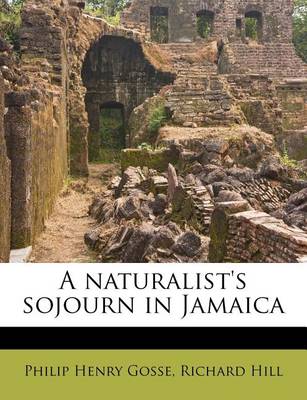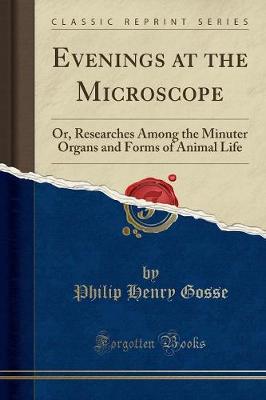Cambridge Library Collection - Zoology
3 total works
Philip Henry Gosse (1810–88) is best remembered today for the portrait given by his son Edmund in his autobiographical Father and Son. In his own day, he was famous as a natural historian, and his books were extremely popular. (His Naturalist's Sojourn in Jamaica is also reissued in this series.) In 1857, Gosse moved from London to Devon, where he spent the rest of his life. This 1865 book offers essays about various aspects of the geography and natural history of the West Country. There are some digressions (one chapter is on the woods of Jamaica), and reminders of the two great Victorian crazes, for ferns and for seashore life, which Gosse's writings partly instigated. In his final essay, on Dartmoor, is an appendix which argues that Britain is the biblical Tarshish - a reminder that Gosse was also a fundamentalist Christian who struggled with many aspects of contemporary science.
The English naturalist Philip Henry Gosse (1810-88) travelled to Jamaica in 1844 and stayed for eighteen months to observe the diverse wildlife there. Upon his return he described his findings in a trilogy of books. The first two examined the island's birds - he has been hailed as the 'father of Jamaican ornithology' - but he used the present work, first published in 1851, to describe all the other forms of life on the island, from beetles to fruit trees. Lamenting that natural history was too often presented as a 'science of dead things', Gosse made his investigations come alive in this work by writing it in a diary form, discussing what he encountered as his journey progressed, and providing a number of illustrations. His lively and engaging style won him a wide audience, and this work remains an important early example of popular natural history.
English zoologist Philip Henry Gosse (1810-88) spent several years studying the biodiversity of habitats in North America and the Caribbean. His Naturalist's Sojourn in Jamaica (1851) is reissued in this series. When he settled on the Devonshire coast, the area proved equally rich for research. In this 1859 publication, the deeply religious Gosse considers the 'Divine mechanics' of animal body parts and microorganisms seen through the lens of a microscope. He leads the reader through a selection of specimens ranging from a hog's bristle to the shoe-like protist Paramecium. Gosse's writing style, enlivened with anecdotes and literary references, earned him considerable appreciation among Victorian audiences. His entertaining text is complemented by more than 100 illustrations which showcase his draughtsmanship. While the work shares its year of publication with Darwin's groundbreaking Origin of Species, Gosse's religious views firmly shaped his interpretation of the specimens on show.


